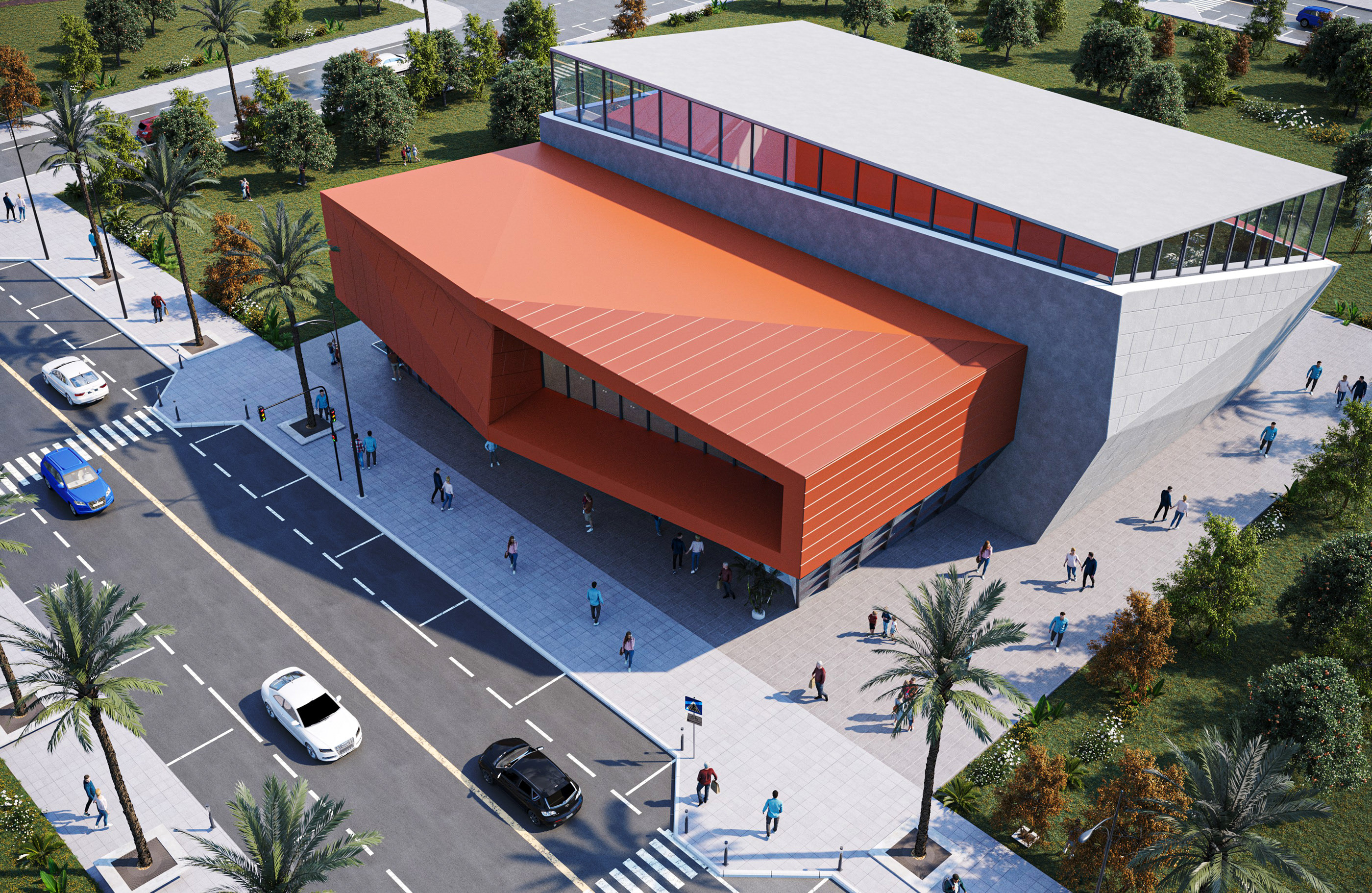Investigating The Sound Perimeter Effect Of Music

Table of Contents
Understanding the Fundamentals of Spatial Audio and the Sound Perimeter Effect
Spatial audio is the science and art of creating realistic three-dimensional soundscapes. Unlike mono or stereo, which present sound in a flat, two-dimensional plane, spatial audio aims to recreate the natural way we perceive sound in the real world, accounting for distance, direction, and environment. The sound perimeter effect specifically refers to our perception of the boundaries and shape of the sound field – the apparent size and location of the sounds within the listening space. This is heavily influenced by the speaker arrangement (or headphone simulation thereof).
Different speaker setups dramatically influence the perceived sound perimeter:
- Stereo: Offers a basic sense of width, but the soundstage is generally limited.
- Surround Sound (5.1, 7.1, etc.): Creates a more expansive and immersive soundstage with sounds appearing to originate from various directions around the listener.
- 3D Audio: Aims for a fully three-dimensional soundscape, often utilizing object-based audio to precisely position individual sounds in space. This can lead to a more focused and detailed sound perimeter.
Key terms to understand include:
-
Soundstage: The perceived area from which the sounds seem to emanate.
-
Sweet Spot: The optimal listening position where the soundstage is most accurately reproduced.
-
Imaging: The precision with which sounds are localized within the soundstage.
-
Sound Localization: The brain's ability to determine the direction and distance of a sound source.
-
How the brain processes sound location cues: Our brain uses subtle differences in timing and intensity between the sounds arriving at each ear (interaural time and level differences) to determine a sound's direction.
-
Impact of early reflections and reverberation on perceived sound perimeter: Reflections from walls and other surfaces shape the sound field, influencing the size and ambience of the perceived sound perimeter. These reflections contribute to the overall sense of spaciousness or intimacy.
-
Role of psychoacoustics: Psychoacoustics studies the subjective perception of sound. Understanding psychoacoustic principles allows sound engineers to create convincing spatial audio experiences even with limited speaker configurations.
The Impact of the Sound Perimeter Effect on Music Perception and Enjoyment
The sound perimeter effect significantly influences how we experience music emotionally and aesthetically. A well-defined and carefully crafted sound perimeter enhances the listener's engagement and immersion.
-
Emotional Impact: A wide, expansive sound perimeter can create a sense of grandeur and spaciousness, ideal for epic orchestral pieces or ambient music. Conversely, a more intimate, focused sound perimeter can heighten emotional intimacy and create a personal connection with the music.
-
Influence on Music Genres: The optimal sound perimeter varies across genres:
- Classical music often benefits from a wide, detailed soundstage to showcase the individual instruments within an orchestra.
- Jazz might benefit from a more intimate, focused soundstage to highlight the interplay between musicians.
- Electronic music often utilizes expansive sound designs and 3D audio techniques to create immersive and otherworldly soundscapes.
-
Wide Sound Perimeter: Creates a sense of grandeur, spaciousness, and openness. Think of a large concert hall or a vast open landscape.
-
Intimate Sound Perimeter: Fosters a feeling of closeness and connection, suitable for more personal and introspective music.
-
Impact on Immersion and Focus: A well-designed sound perimeter enhances the listener's focus and minimizes distractions, allowing for deeper immersion in the music.
Techniques for Creating and Enhancing the Sound Perimeter Effect in Music Production
Sound engineers and music producers utilize various techniques to shape and enhance the sound perimeter effect.
-
Panning: Adjusting the balance between left and right speakers creates the illusion of movement and placement within the soundstage. This is a fundamental technique in stereo mixing.
-
Delay: Introducing a time delay between sounds creates a sense of depth and distance, allowing sounds to be perceived as originating from different locations.
-
Reverb: Simulates the acoustic characteristics of a space by adding reflections and ambience. Reverb significantly contributes to the perceived size and character of the sound perimeter.
-
Advanced Technologies: Binaural recording (using microphones that mimic human ear placement) and 3D audio rendering software allow for precise control over the spatial characteristics of sound, creating incredibly realistic and immersive soundscapes. This also opens up opportunities for virtual surround sound in environments lacking dedicated speaker systems.
-
Panning for movement and placement.
-
Delay for distance and space.
-
Reverb to simulate acoustic environment.
-
Virtual surround sound for realistic soundscapes.
The Future of the Sound Perimeter Effect in Music and Beyond
The sound perimeter effect is constantly evolving with advancements in audio technology.
-
Higher-order ambisonics and object-based audio: These techniques allow for more precise control over individual sound objects within a 3D space, leading to richer and more natural-sounding spatial audio experiences.
-
Integration with other sensory technologies: Combining spatial audio with haptic feedback (touch) or visual stimuli (VR/AR) could create even more immersive and engaging experiences.
-
AI and machine learning in spatial audio processing: AI can be utilized to automatically optimize spatial audio mixes, create realistic virtual acoustic spaces, and personalize audio experiences for individual listeners.
-
Higher-order ambisonics for detailed spatial control.
-
Object-based audio for precise sound placement.
-
Sensory integration (haptic, visual) for enhanced immersion.
-
AI for automated mixing and personalization.
Mastering the Art of the Sound Perimeter Effect
In conclusion, the sound perimeter effect is paramount to creating truly immersive and engaging musical experiences. Understanding the fundamentals of spatial audio, employing various production techniques, and keeping abreast of technological advancements are crucial for mastering this aspect of music production. The future of audio promises even more realistic and personalized sound environments, pushing the boundaries of our musical perception. We encourage you to explore the world of spatial audio, experiment with the techniques discussed, and delve deeper into this fascinating field. Begin your journey by researching spatial audio plugins and experimenting with the manipulation of your sound perimeter in your own music projects. The potential for creative innovation is vast, and the possibilities for enriched listening experiences are endless.

Featured Posts
-
 Mission Patrimoine 2025 Le Patrimoine Breton A L Honneur Avec Plouzane Et Clisson
May 22, 2025
Mission Patrimoine 2025 Le Patrimoine Breton A L Honneur Avec Plouzane Et Clisson
May 22, 2025 -
 Real Madrid In Juergen Klopp Plani Ancelotti Nin Yerine Kim Geliyor
May 22, 2025
Real Madrid In Juergen Klopp Plani Ancelotti Nin Yerine Kim Geliyor
May 22, 2025 -
 Southern French Alps Weather Storm Brings Unexpected Snow
May 22, 2025
Southern French Alps Weather Storm Brings Unexpected Snow
May 22, 2025 -
 Louth Food Hero Shares His Success Inspiring Others To Grow
May 22, 2025
Louth Food Hero Shares His Success Inspiring Others To Grow
May 22, 2025 -
 See Vapors Of Morphine Live In Northcote
May 22, 2025
See Vapors Of Morphine Live In Northcote
May 22, 2025
Latest Posts
-
 How To Plan A Screen Free Week For Kids
May 22, 2025
How To Plan A Screen Free Week For Kids
May 22, 2025 -
 Coping With The Love Monster Effective Techniques For Calming Angry Children
May 22, 2025
Coping With The Love Monster Effective Techniques For Calming Angry Children
May 22, 2025 -
 The Love Monster Within Exploring The Roots Of Aggressive Behavior In Children
May 22, 2025
The Love Monster Within Exploring The Roots Of Aggressive Behavior In Children
May 22, 2025 -
 Love Monster A Parents Guide To Understanding And Managing Aggressive Behavior In Children
May 22, 2025
Love Monster A Parents Guide To Understanding And Managing Aggressive Behavior In Children
May 22, 2025 -
 Nice To Build State Of The Art Olympic Swimming Pool Facility
May 22, 2025
Nice To Build State Of The Art Olympic Swimming Pool Facility
May 22, 2025
